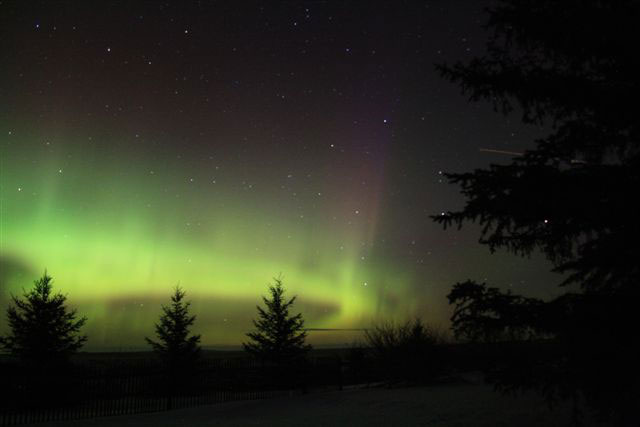TORONTO – An earth-facing sunspot erupted on Tuesday, sending plasma careening into space, on a direct path to Earth.

The result? The cancellation of a rocket launch…and the chance of northern lights across Canada.
An X1 solar flare erupted from the sunspot on Tuesday, sending fast-moving particles into space. They are set to arrive in the early hours of Thursday morning.
READ MORE: Watch: Northern lights viewed from airplane
Solar flares are measured by the amount of x-rays they emit, which is classified by the letters C, M and to the strongest, X. They eject plasma and other particles into space. Propelled by the solar wind, they can arrive within minutes.
In this case, the flare also propelled a coronal mass ejection (CME). A CME is a release of plasma and particles, which can eject a billion tons of matter and travel at several million kilometres per hour.

As Earth is within the path of the CME and X1 flare, once those particles arrive they will interact with our magnetic field, raising the possibility of northern lights.
Aside from putting on a spectacular light show, the particles can have a detrimental effect on humans and electronics.
Because of this, early Wednesday morning, Orbital Sciences Corp. decided to scrub a launch of a cargo spacecraft that was headed to the International Space Station. Though the cargo ship itself would not be affected, radiation from the solar activity could affect the Antares rocket’s avionics.
If you happen to have clear skies and you’re up around 3 a.m. EST (and you’re free of the dreaded polar vortex) step outside and look up. You may be treated to a great show.




Comments